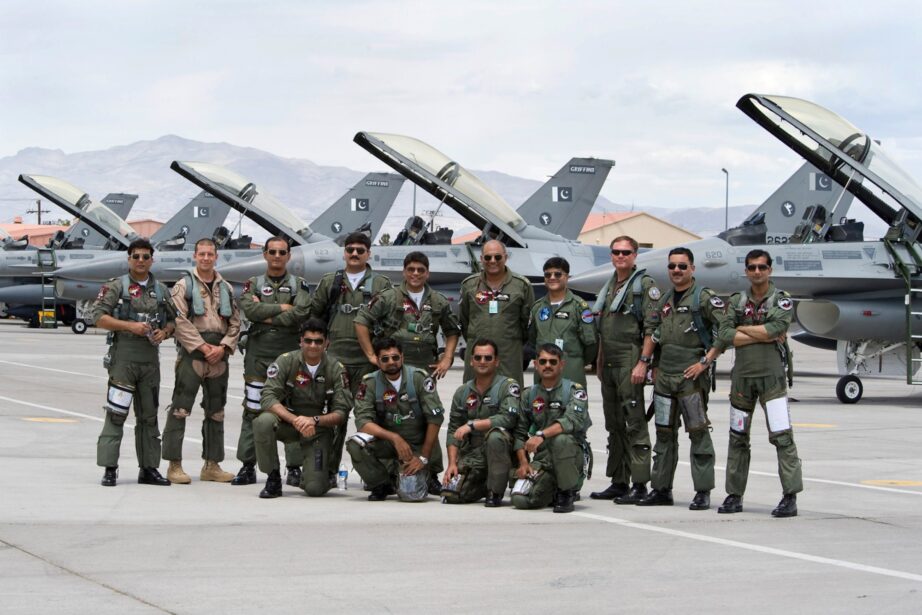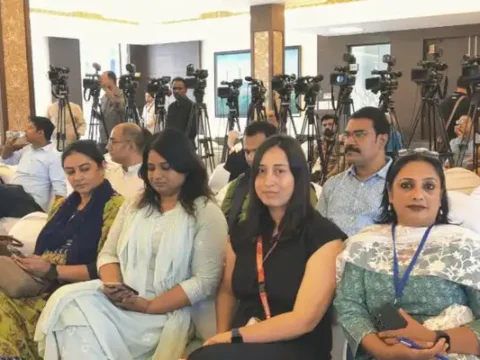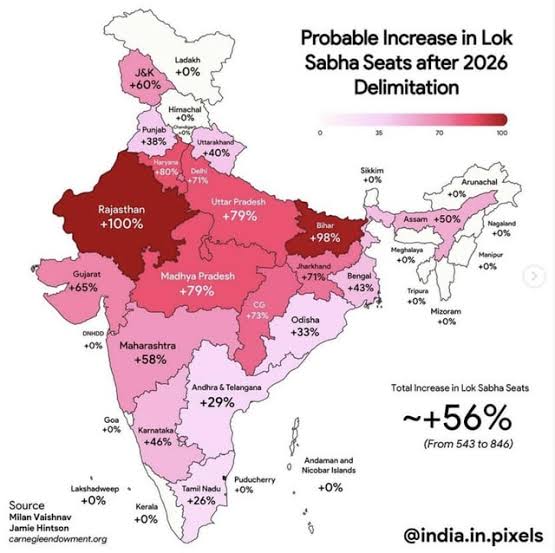India is increasingly confronted with a two-front security challenge as its neighbours intensify their military capabilities. Reports indicate that Pakistan is expected to acquire the advanced AIM-120 air-to-air missiles from the United States, while China is negotiating a deal to supply 20 new fighter jets to Bangladesh.
Pakistan’s impending acquisition of the AIM-120, a state-of-the-art missile used widely by Western air forces, is viewed as a significant upgrade to its aerial combat capability. The advanced missile will enable Pakistan to engage targets beyond visual range, thereby enhancing its strategic deterrence and altering the regional air power balance. Defense analysts believe this move could compel India to respond with tactical and diplomatic countermeasures to maintain its air superiority.
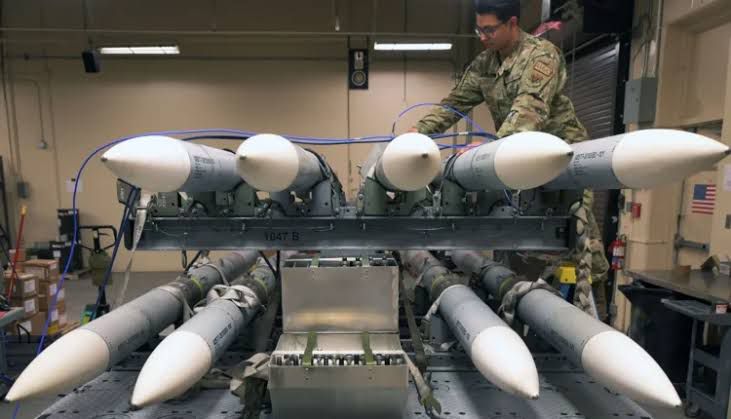
Meanwhile, China’s plan to sell 20 modern fighter aircraft to Bangladesh represents another development that could reshape South Asia’s security dynamics. The deal, reportedly finalized after several rounds of high-level talks, would strengthen Dhaka’s air force and deepen its defense cooperation with Beijing. Observers see this as part of China’s broader strategy to expand its influence in South Asia and the Bay of Bengal region, both of which are crucial to India’s maritime and strategic interests.
Taken together, these developments mark a significant escalation in the regional arms race surrounding India. The United States supplying advanced missile technology to Pakistan complicates New Delhi’s diplomatic and defense calculus, especially at a time when India has sought closer ties with Washington under the Indo-Pacific strategic framework. Simultaneously, Beijing’s growing military outreach to Bangladesh risks reinforcing its long-term strategic alignment with Pakistan, effectively tightening a security ring around India’s eastern and western flanks.
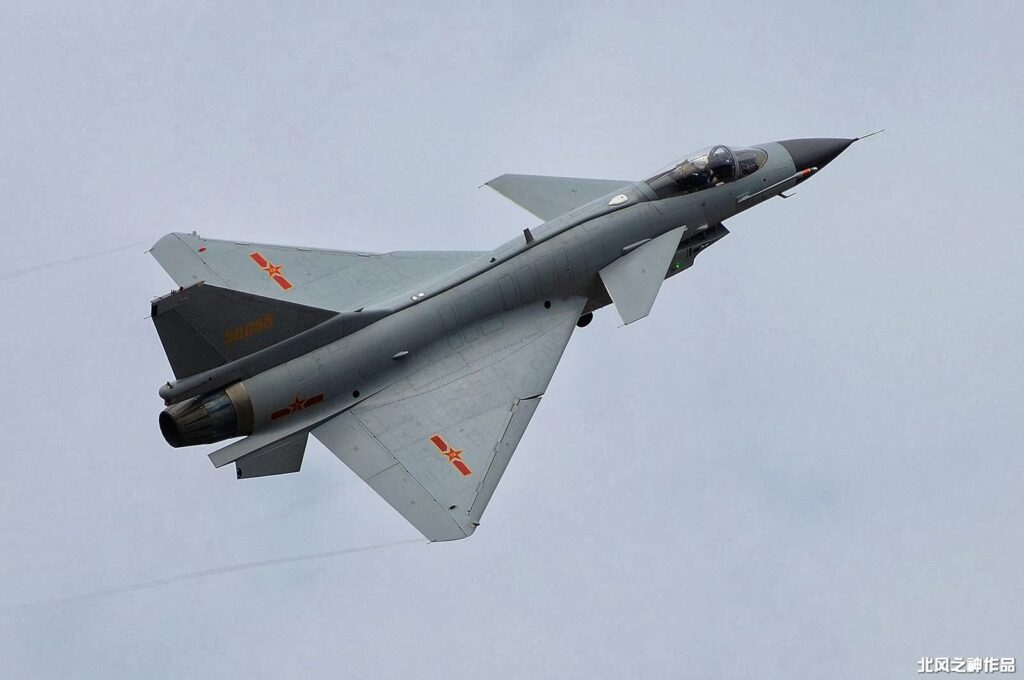
For India, the emerging situation underscores the need for accelerated modernization of its air force and missile systems. Analysts suggest that New Delhi must strengthen indigenous defense production, invest in advanced radar and surveillance capabilities, and ensure operational readiness across all fronts. Diplomatically, India may also intensify its engagement with the United States to convey its security concerns over the missile deal and with Bangladesh to mitigate Chinese influence.
The two-pronged challenge posed by Pakistan’s upgraded arsenal and China’s expanding regional footprint highlights a new phase in South Asia’s power dynamics. As India continues to balance between deterrence and diplomacy, its ability to respond decisively will determine the shape of the region’s strategic future.
